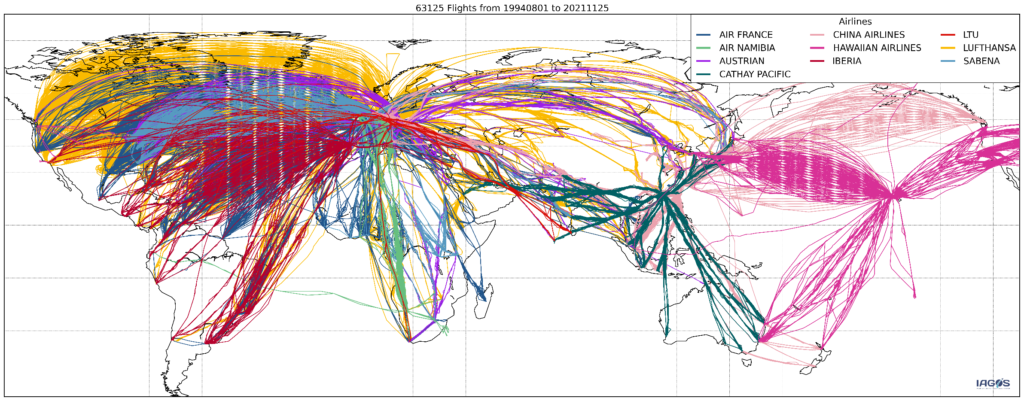The second scientific axis aims to study the chemical mechanisms in the upper atmosphere involving aircraft engine emissions. The focus will be on the impact of NOx on ozone and aerosols.
The work will be based on the LMDZ-INCA model that includes ozone chemistry in the troposphere and stratosphere and the different types of aerosols, and on a parameterisation of the sub-mesh chemistry involved in the aircraft plume before dilution in the large-scale model.
The first objective is to calculate the chemical evolution of engine emissions (NOx, SO2, sulfate, nitrates) in the plume downstream of the aircraft in order to provide climate models with inputs relevant to climate scales. This will improve the accuracy of assessments of large-scale chemical mechanisms.

The second objective is to implement a new version of the global LMDZ-INCA model, more complete and including plume chemistry parameterisation to better quantify NOx forcing.

The third objective is to evaluate the LMDZ-INCA atmospheric chemistry simulations with the IAGOS database, identify improvements that can be made to existing emissions and/or parameterisations, and use the new version of the model to assess the impact of aviation emissions
The fourth objective is to simulate the response of methane to aviation emissions and in particular its residence time and estimate indirect perturbations (O3, H2O).
